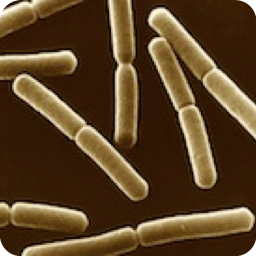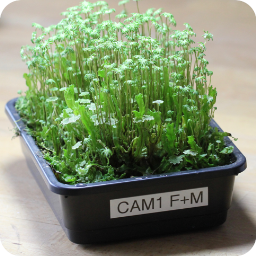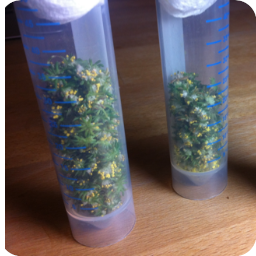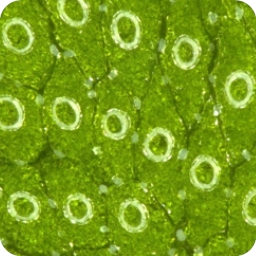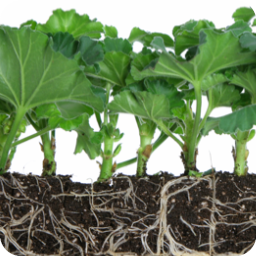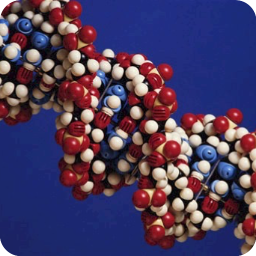
The liverworts (or Marchantiophyta) are descendants of the earliest terrestrial plants. The group is characterised by morphological simplicity, and this seems to be matched by simple underlying genome structures. Liverworts show promise as new experimental systems after recent developments in transformation methods and genome characterisation.
Left: One week old sporeling of Marchantia polymorpha germinated on sterile agar medium.
The liverworts are among the most simple terrestrial plant forms, and provide new opportunities for studies of plant biology. Their small size, rapid growth, simple genetic architectures and easy transformability make them a promising new model system for developmental and synthetic biology.
Development of methods for plant synthetic biology and working with Marchantia in the Haseloff lab.
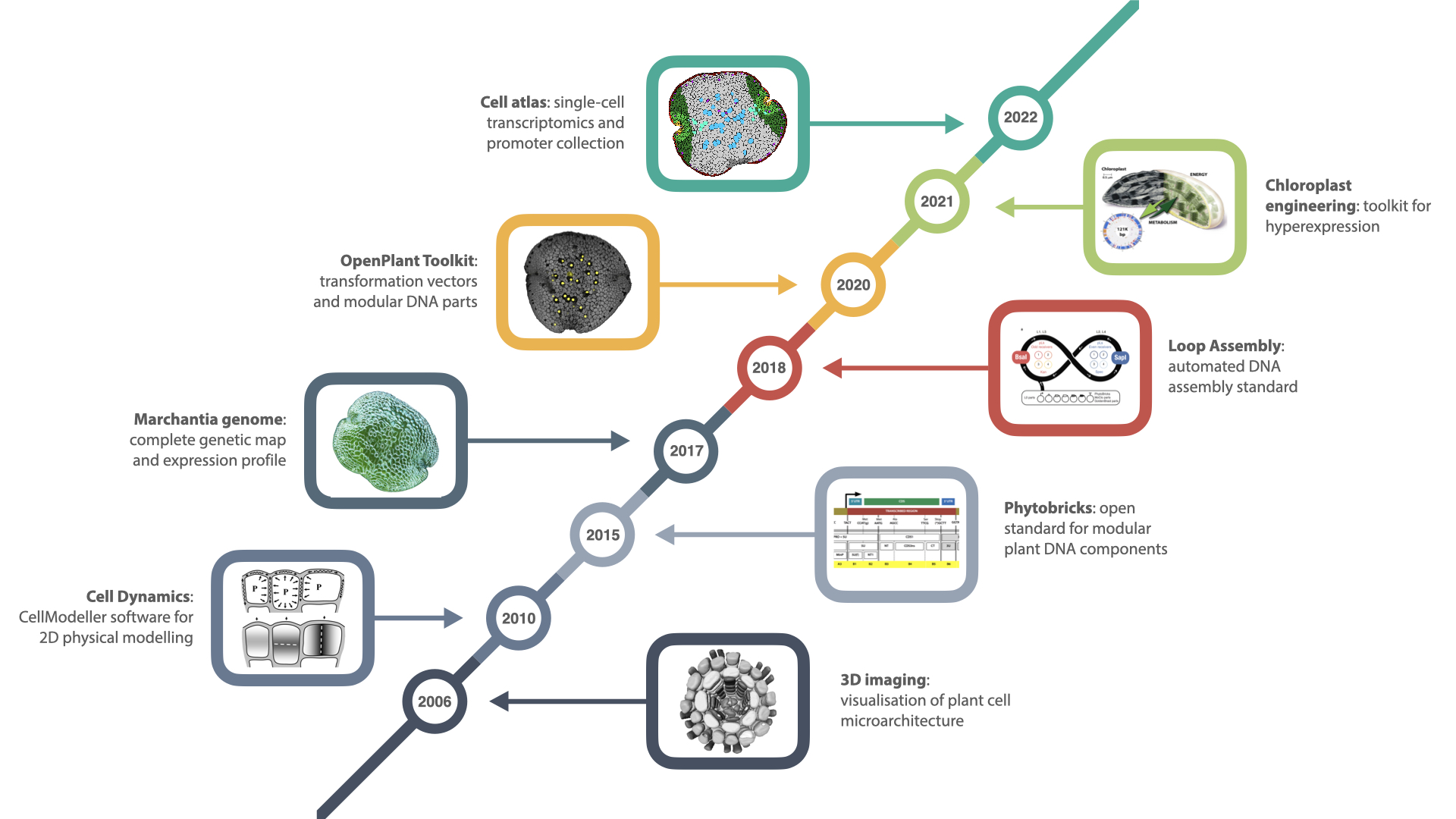
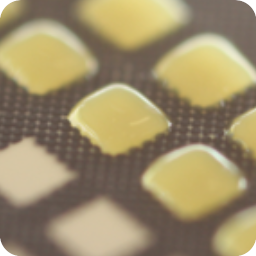
Grid-based propagation and patterning of bacterial cells
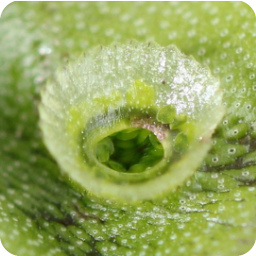
Marchantia polymorpha, a simple lower plant system
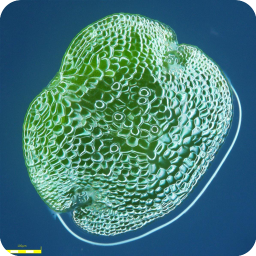
Marchantia gemma as a chassis for synthetic biology
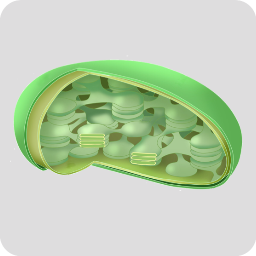
Chloroplast engineering
Experimental systems for Synthetic Biology
We use a range of biological systems for Synthetic Biology experiments in the lab. Microbial systems, including Escherichia coli and Bacillus subtilis allow simple and fast assembly of genetic circuits, and testing of methods for cell-cell communication. Our main interest is in building systems to manipulate morphogenesis in plants, and we work with multicellular systems including algae and lower plants.
We use a range of biological systems for Synthetic Biology experiments in the lab. Microbial systems, including Escherichia coli and Bacillus subtilis allow simple and fast assembly of genetic circuits, and testing of methods for cell-cell communication. Our main interest is in building systems to manipulate morphogenesis in plants, and we work with multicellular systems including algae and lower plants.
Software modeling and design of genetic systems
Engineered biological systems are comprised of tightly linked genetic, cellular and biophysical systems. "Life-like" behaviours arise as emergent properties of these interactions. Software models are required to capture the complex dynamics that can arise from simple interactions. CellModeller is a package that has been developed in Cambridge to model plant growth.
Engineered biological systems are comprised of tightly linked genetic, cellular and biophysical systems. "Life-like" behaviours arise as emergent properties of these interactions. Software models are required to capture the complex dynamics that can arise from simple interactions. CellModeller is a package that has been developed in Cambridge to model plant growth.
Assembly of genetic circuits
New DNA assembly techniques are allowing ever larger scale Synthetic Biology experiments to be tackled. Novel BioBricks and methods for implementation of circuits in plants are described.
New DNA assembly techniques are allowing ever larger scale Synthetic Biology experiments to be tackled. Novel BioBricks and methods for implementation of circuits in plants are described.
Microscopy and optical analysis techniques
Microscopy and optical probes are routinely used for non-invasive monitoring of engineered biological systems. This section of the site describes some of the tools and approaches that we have developed for work in microbes and plants.
Microscopy and optical probes are routinely used for non-invasive monitoring of engineered biological systems. This section of the site describes some of the tools and approaches that we have developed for work in microbes and plants.
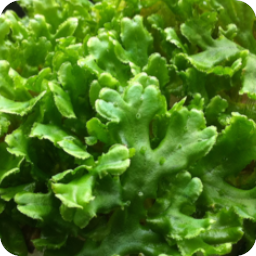
iGEM2016 plant resources and Plant Award
Find information about plant synthetic biology and the international Genetically Engineered Machine (iGEM) competition online, along with Cambridge-based iGEM resources for microbial and plant systems here.
Find information about plant synthetic biology and the international Genetically Engineered Machine (iGEM) competition online, along with Cambridge-based iGEM resources for microbial and plant systems here.

